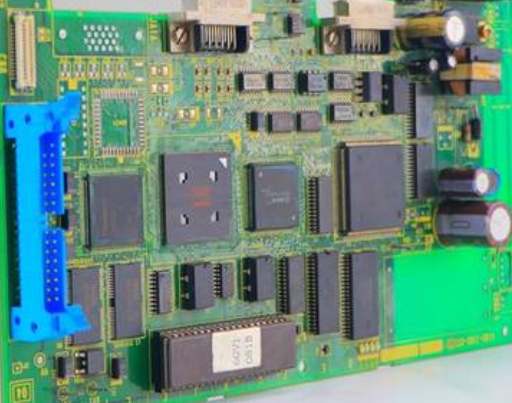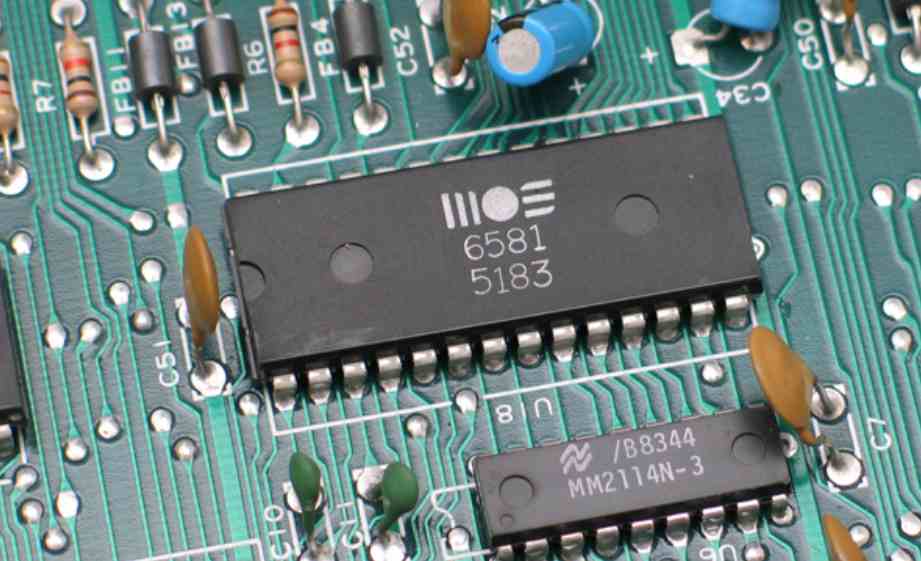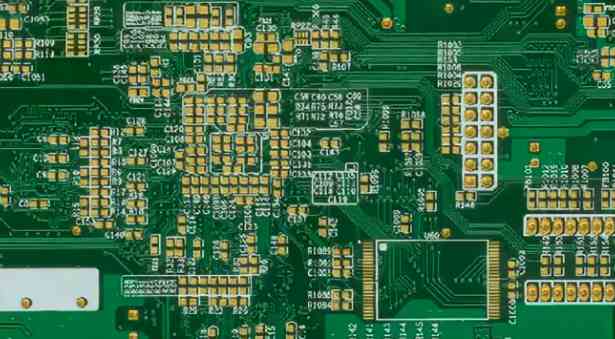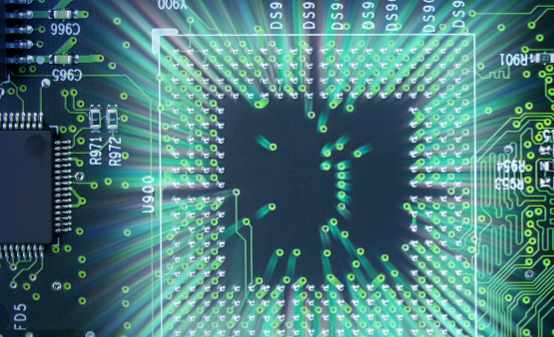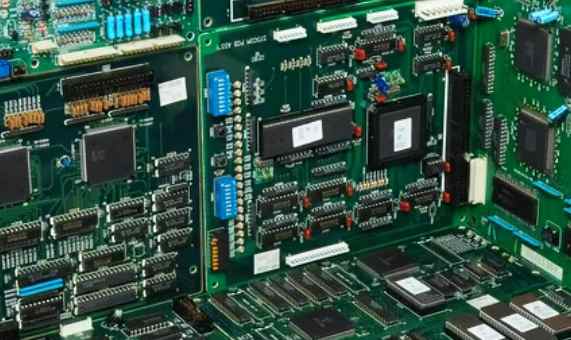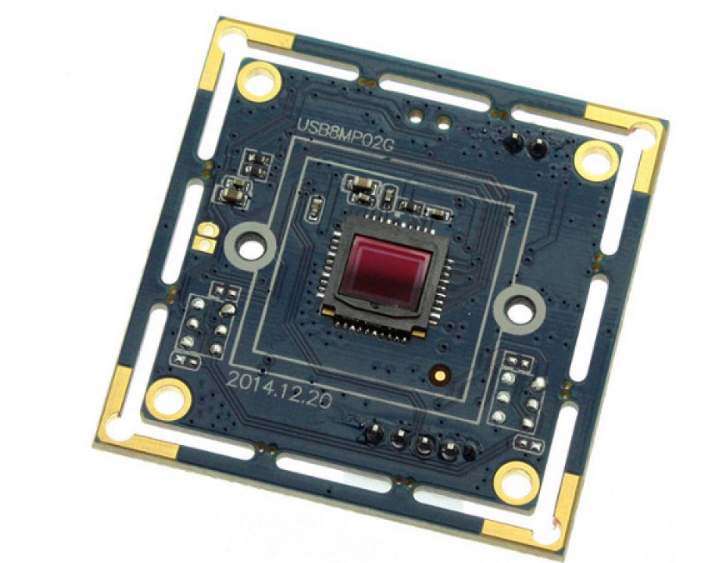
Component layout shall be designed according to SMT electronic processing production equipment and process characteristics and requirements. Different processes, such as reflow welding and wave soldering, have different layouts for components. There are different requirements for the layout of side A and side B in double-sided reflow welding. Selective wave soldering and traditional wave soldering, also have different requirements.
The basic requirements of SMT process for component layout design are as follows:
1. The distribution of components on the printed circuit board should be as even as possible. The heat capacity of heavy components during reflow welding is large. At the same time, the uniform layout is also conducive to the balance of the center of gravity. In the vibration and impact experiment, it is not easy to appear the phenomenon that components, metallization holes and pads are destroyed.
2. The components shall be arranged in the same direction as far as possible on the PCB circuit board, and the characteristic direction shall be the same, so as to facilitate the installation, welding and testing of the components. Such as electrolytic capacitor positive electrode, diode positive electrode, triode single pin end, integrated circuit first pin arrangement direction as far as possible. All component numbers are printed in the same direction.
3. The size of the heating head of the SMD repair equipment should be set aside around the large components.
4. The heating components should be kept away from other components as far as possible. Generally, they should be placed in the corners and ventilation positions in the chassis. The heater shall be supported by other leads or other supports (such as heat sink) to keep a certain distance between the heater and the printed circuit board surface, with a minimum distance of 2mm. The heating component is connected to the body of the heating component and the printed circuit board in the multilayer board. The metal welding plate is made during the design, and the soldering tin is connected during the processing, so that the heat is distributed through the printed circuit board.
5. Temperature sensitive components should be kept away from heating components. For example, triode, integrated circuit, electrolytic capacitor and some plastic-case components, should be far away from the bridge pile, high-power components, radiators and high-power resistors as far as possible.
6. The Layout of components and parts that need to be adjusted or frequently replaced, such as potentiometer, adjustable inductor coil, variable capacitor microswitch, fuse, key, plugger and other components, should consider the structural requirements of the whole machine, and be placed in a position that is easy to adjust and replace. If the machine adjustment, should be placed on the printed circuit board for easy to adjust the place; If it is adjusted outside the machine, its position should be adapted to the position of the adjusting knob on the chassis panel to prevent the conflict between three-dimensional space and two-dimensional space. For example, the panel opening of a toggle switch should match the position of the switch blank on the printed circuit board.
7. Fixed holes should be set near wiring terminals, inserting and removing parts, the center of long series terminals and the parts under constant force, and corresponding space should be left around the fixed holes to prevent deformation due to heat expansion. If the long string terminals are heated and expanded more seriously than the printed circuit board, it is easy to warped during wave soldering.

8. Some components and components (such as transformers, electrolytic capacitors, varistors, bridge reactors, radiators, etc.) with large volume (surface) product tolerances and low precision need to be processed twice (such as transformers, electrolytic capacitors, varistors, bridge reactors, radiators, etc.) should be separated from other components with a certain margin on the basis of the original setting.
9. It is recommended to increase the allowance of electrolytic capacitors, varistors, bridge piles, polyester capacitors, etc. not less than 1mm, and transformers, radiators and resistors exceeding 5W (including 5W) not less than 3mm
10. Electrolytic capacitors can not touch heating components, such as high-power resistance thermistor, transformer, radiator, etc. The space between the electrolytic capacitor and the radiator should be at least 10mm, and the space between other components and the radiator should be at least 20mm.
11 Stress sensitive components do not lay in the printed circuit board corner, edge or close to the connector, installation hole, slot, plate incision, gap and corner, these positions are the high stress area of the printed circuit board, easy to cause solder joints and components cracking or cracks.
12. The layout of components shall meet the technical requirements and spacing requirements of reflow welding and wave soldering. Reduce the shadow effect produced by wave soldering.
13. The location of the positioning hole and the fixing bracket of the printed circuit board should be reserved.
14. In the design of a large area of printed circuit board with an area of more than 500cm2, in order to prevent bending of the printed circuit board when the tin furnace, a gap of 5~10mm wide should be left in the middle of the circuit board, not to put components (line), to be used in the tin furnace plus to prevent the bending of the printed circuit board.
15. Component arrangement direction of reflow welding process.
(1) The layout direction of components should consider the direction of the printed circuit board entering the reflow furnace.
(2) In order to heat the welding ends on both sides of the two end chip components and the pins on both sides of the SMD components synchronously, and reduce the welding defects such as standing tablet, shifting, and disconnecting the welding end from the welding plate caused by synchronous heating of the welding ends on both sides of the components, it is required that the long axis of the two end chip components on the printed circuit board should be perpendicular to the direction of the conveyor belt of the reflow furnace.
(3) The long axis of the SMD component shall be parallel to the transmission direction of the reflow furnace, and the long axis of the Chip component and the SMD component of the two ends shall be perpendicular to each other.
(4) A good component layout design should not only consider the uniform heat capacity, but also consider the direction and order of component layout.
(5) For large size printed circuit boards, in order to keep the temperature on both sides of the printed circuit boards consistent as far as possible, the long side of the printed circuit boards should be parallel to the direction of the conveyor belt of reflow furnace. Therefore, when the size of the printed circuit board is greater than 200mm, the requirements are as follows:
(01) The long axis of the Chip component of the two ends is perpendicular to the long edge of the printed circuit board.
(02) The long axis of the SMD component is parallel to the long side of the printed circuit board.
(03) Double-sided assembly of the printed circuit board, two faces of the components of the same orientation.
(04) The components shall be arranged in the same direction as far as possible on the printed circuit board, and the characteristic direction shall be consistent, so as to facilitate the installation, welding and testing of the components. Such as electrolytic capacitor positive electrode, diode positive electrode, triode single pin end, integrated circuit of the first pin arrangement direction as far as possible.
16. In order to prevent PCB from touching the printed wire during processing and causing short circuit between layers, the distance between the inner and outer edges of the conductive graphics should be greater than 1.25mm from the PCB edge. When a ground wire has been laid on the edge of the PCB outer layer, the ground wire can occupy the edge position. For the PCB board surface that has been occupied due to structural requirements, components and printed wires should not be laid and there should not be through-holes in the underside welding plate area of SMD/SMC, so as to avoid the split of solder after heating and remelting in wave soldering after reflow welding.
17. Installation spacing of components: The minimum installation spacing of components must meet the requirements of manufacturability, testability and maintainability of SMT assembly.


